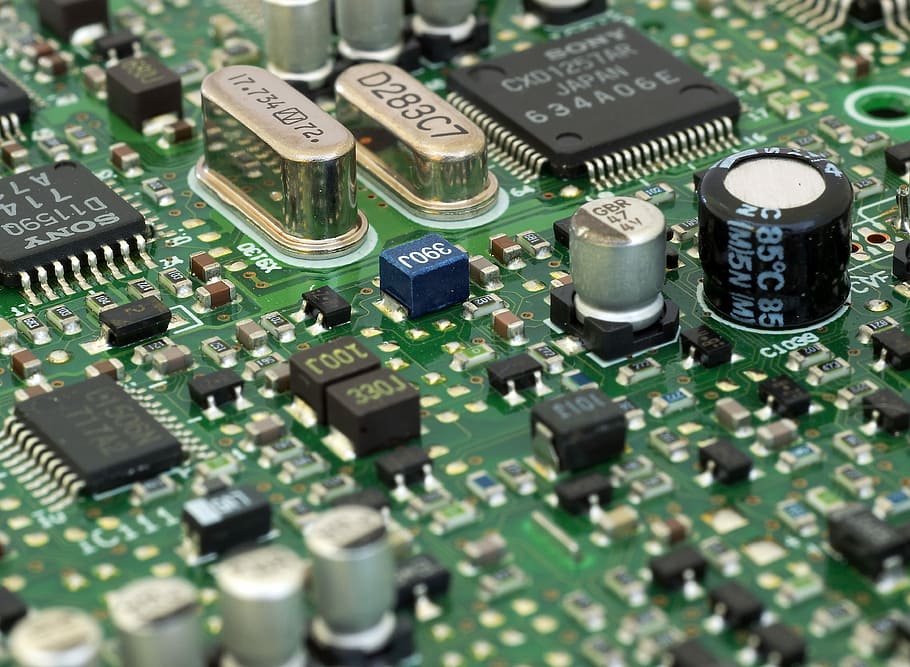Power Integrity Aspect of Electronic Design
페이지 정보

Lorenzo
LH
2025-07-26
본문
 Power integrity is a critical aspect of electronic design that involves ensuring the clean delivery of power to various components on a circuit board assembly. As buy obsolete electronic components devices have become increasingly complex, the importance of power integrity has grown exponentially.
Power integrity is a critical aspect of electronic design that involves ensuring the clean delivery of power to various components on a circuit board assembly. As buy obsolete electronic components devices have become increasingly complex, the importance of power integrity has grown exponentially.One of the main challenges in maintaining power integrity is in high-density PCBs. Multi-layer PCBs have become the norm for complex electronic devices due to their ability to handle high frequencies and dense component placement. However, with more layers and complex wiring, the risk of power distribution issues increases.
A major contributor to power integrity issues in multi-layer PCBs is the presence of power planes. Power planes are metal layers on the PCB that distribute power to components. However, these planes can also act as signal planes, introducing interference into the power signal. To mitigate this, PCB designers use techniques such as power plane grounding and shielding to minimize noise and ensure clean power delivery.
Another critical aspect of power integrity in multi-layer PCBs is the use of noise-reducing components. Decoupling capacitors are used to filter high-frequency noise from the power supply and ensure a smooth power delivery to components. However, improper placement or sizing of these capacitors can lead to power integrity issues.
To address power integrity concerns in multi-layer PCBs, designers can employ various techniques. One approach is to use signal integrity analysis tools to model and simulate the PCB design, identifying potential power integrity issues before they materialize. Designers can also use power integrity analysis tools to visualize and analyze the power distribution network, identifying areas where design changes can improve power integrity.
Designers can also leverage state-of-the-art technologies to improve power integrity in multi-layer PCBs. For example, advanced ceramic materials can provide improved thermal management and reduced power losses. Similarly, advanced laminates and prepregs can be used to improve signal integrity and reduce power distribution losses.
Ultimately, maintaining power integrity in multi-layer PCBs requires a systematic approach that considers the entire design process, from simulation and analysis to fabrication and testing. By employing a combination of techniques, including advanced materials and technologies, designers can ensure a clean and reliable power delivery to components, resulting in improved system performance and reduced failures.
In addition, designers should also consider various other power integrity aspects such as the thermal management strategy. A good understanding of the components, especially components that require a lot of current such as power supplies, can also play a critical role in maintaining proper power integrity.
In summary, power integrity is a critical aspect of electronic design, and its importance is magnified in multi-layer PCBs due to the complexity and density of component placement. By employing various techniques and advanced materials and technologies, designers can ensure a clean and reliable power delivery to components, resulting in improved system performance and reduced failures.


댓글목록
등록된 답변이 없습니다.